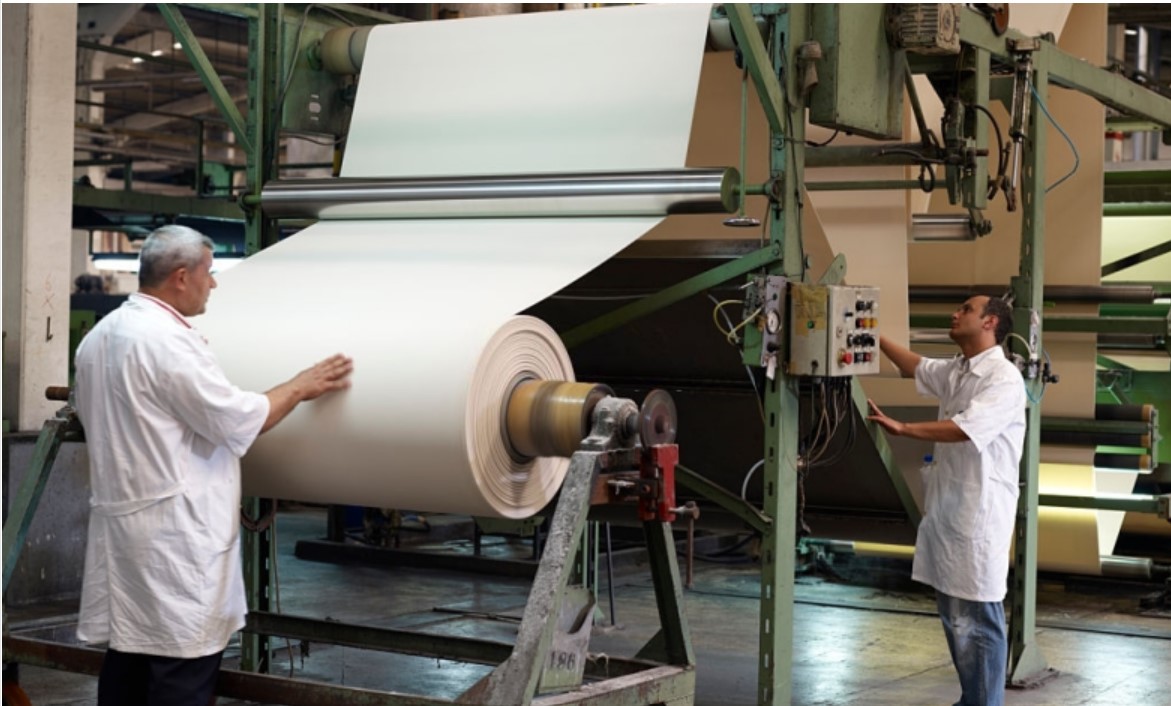Opening for schools and colleges has triggered revival in demand for notebooks, text books and other publication papers. Major paper manufacturers like ITC and JK Paper are experiencing robust demands.
The paper industry, which was badly impacted due to Covid, is witnessing improved sales volumes and better price realisation because of robust demands across most end-user segments.
Covid-induced lockdowns had significantly affected operations of paper manufacturing companies. Covid-related restrictions, closure of educational institutes, and adoption of work from home had hurt the industry. The printing and writing segment had contracted drastically following a steep decline in the publishing and school notebooks segment, which accounts for almost 65% of the writing and printing market. The demand decline in the printing and writing segment had led to weaker paper prices.
Opening for schools and colleges has triggered revival in demand for notebooks, text books and other publication papers. Major paper manufacturers like ITC and JK Paper are experiencing robust demands.
JK Paper vice chairman and managing director Harsh Pati Singhania has said the company posted a strong performance in the fourth quarter last fiscal on the back of improved demand, leading to higher sales volume and better realisation, in spite of substantial increase in major input costs over the last few months. The company recorded its highest-ever quarterly turnover at Rs 1,430.87 crore, a growth of 46% year-on-year. Ebitda grew 35% YoY to Rs 357.97 crore.

ITC, which experienced strong demands for all grades of paperboards during Q4, expects demand to be robust across major end-use segments of paperboards. “Also, given that paper packaging is highly sustainable compared to other substrates, the segment is expected to gain substantial consumer franchise,” Vadiraj Kulkarni, divisional chief executive, Paperboards and Specialty Papers Division, told FE.
The dominant end-user segments of paperboards are pharmaceutical packaging, FMCG, packaged foods, QSRs and liquid packaging, among others. “However, we are also witnessing high volatility and cost pressures on our inputs, which we are trying to mitigate through judicial cost efficiencies and structural measures. Going forward, we hope to improve our margins further, driven by structural cost advantages by scaling up in-house pulp capacities, higher efficiencies in operations and growth in international markets,” Kulkarni said.
Currently, the share of valued-added boards is around 70% of ITC’s paper business in volume terms. “We have plans to increase share of value-added grades further over next three to four years,” Kulkarni said.
The Indian paper industry is estimated to be about 20 million tonne, of which carton boards & container boards (corrugated boards) constitute the largest share (around 55%), followed by writing & printing paper (25%), specialty paper (10%) and newsprint (10%).
The industry is expected to grow at a CAGR of 8-9% over the next five years, led by growth in packaging grades. Within carton boards, the consumer packaging segment (40-50% of total paperboard volumes) is expected to clock 8.5-9.5% CAGR over the next five years, driven by increased volumes in end-user segments such as household appliances, FMCG products, ready-made garments, pharmaceuticals and e-commerce. Further, the ban on single-use plastics is expected to fuel demands for paper-based alternatives.
According to Rohit Pandit, secretary general of the Indian Paper Manufacturers Association, for the packaging and paperboard segment, demand has returned to the pre-Covid level, while for the writing and printing segment, demand is still below pre-Covid level. “As there is no major threat of a probable Covid fourth wave in the country, we hope that overall demands will be coming back to the normal trajectory of pre-Covid level,” Pandit said.
Source: Financial Express
